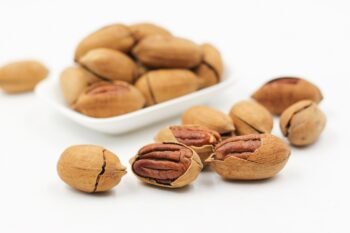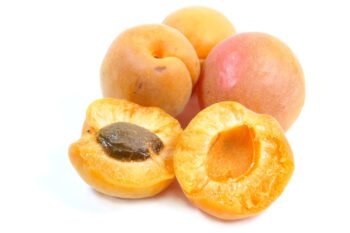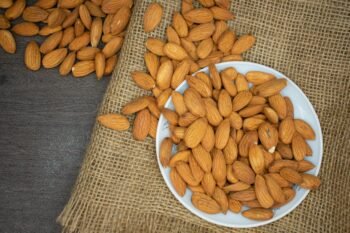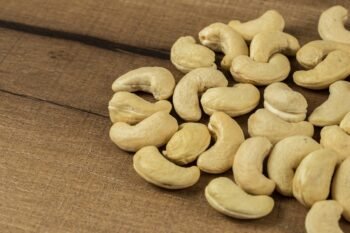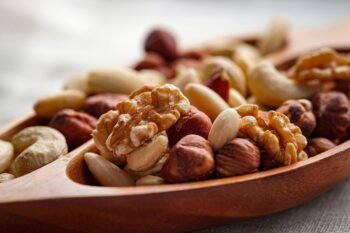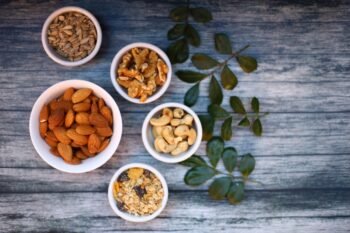Nowadays, the term “superfood” is often linked to pricey, exotic ingredients like chia seeds, quinoa, and blueberries. However, renowned nutritionist Rujuta Diwekar emphasizes that real superfoods are not imported luxuries but simple, locally available, and traditional foods that have been a staple of Indian diets for generations.
What Makes a Food Super?
Rujuta Diwekar defines superfoods based on their nutrition, accessibility, and cultural significance. A true superfood is:
Nutrient-Dense – Rich in essential vitamins, minerals, and healthy fats that nourish the body.
Easily Available – Locally sourced, fresh, and affordable, rather than imported.
Culturally Relevant – Aligned with our climate, lifestyle, and digestion, unlike foreign alternatives.
Sustainable – Supports local farmers and promotes ecological balance over industrialized food production.
Indian Superfoods You Need to Embrace
1. Ghee – The Ancient Elixir
A powerhouse of good fats, ghee aids digestion, boosts immunity, and supports brain health. While modern diet trends often demonize fats, Ayurveda has long praised ghee for its medicinal benefits. Rujuta Diwekar recommends adding it to rotis, rice, or dal for daily nourishment.
2. Coconut – Nature’s Energy Booster
Whether fresh, dry, as oil, or water, coconut is a versatile superfood that enhances gut health, provides quick energy, and reduces inflammation. Unlike refined oils, coconut oil is a natural fat that supports metabolism.
3. Millets – The Forgotten Grains
Before rice and wheat became staples, Indian households thrived on millets like ragi, jowar, and bajra. These gluten-free grains are packed with fiber, protein, and essential nutrients, making them excellent for digestion and sustained energy.
4. Turmeric – The Healing Spice
Known for its powerful anti-inflammatory and antioxidant properties, turmeric has been a staple in Indian cooking and medicine for centuries. Its active compound, curcumin, strengthens immunity, fights infections, and promotes overall well-being. A warm glass of haldi doodh (turmeric milk) is a simple yet effective health booster.
5. Seasonal & Local Fruits – Nature’s Best Gift
From mangoes and jamuns to guavas and bananas, India’s bounty of local fruits offers natural sugars, fiber, and essential vitamins. Unlike imported fruits, they are suited to our climate and digestion, making them a superior alternative to exotic superfoods.
Why Should You Choose Indian Superfoods?
Many people are swayed by marketing hype into choosing expensive, foreign foods, but the truth is that Indian superfoods are:
✅ More Nutritious – Fresh, unprocessed, and packed with essential nutrients.
✅ More Affordable – Cost-effective compared to imported alternatives.
✅ More Sustainable – Support local farmers and reduce carbon footprints.
✅ More Effective – Naturally suited to the Indian body type, climate, and traditional dietary wisdom.
Final Thoughts
Superfoods aren’t about trends—they’re about timeless wisdom. By choosing locally grown, traditional foods, we nourish our bodies while supporting local communities and sustainable agriculture. As Rujuta Diwekar says, the best diet is one that is local, seasonal, and simple.
So, before reaching for an expensive imported “superfood,” take a look around your kitchen. The real superfoods are already there—in your grandmother’s recipes, your local markets, and right on your plate.



